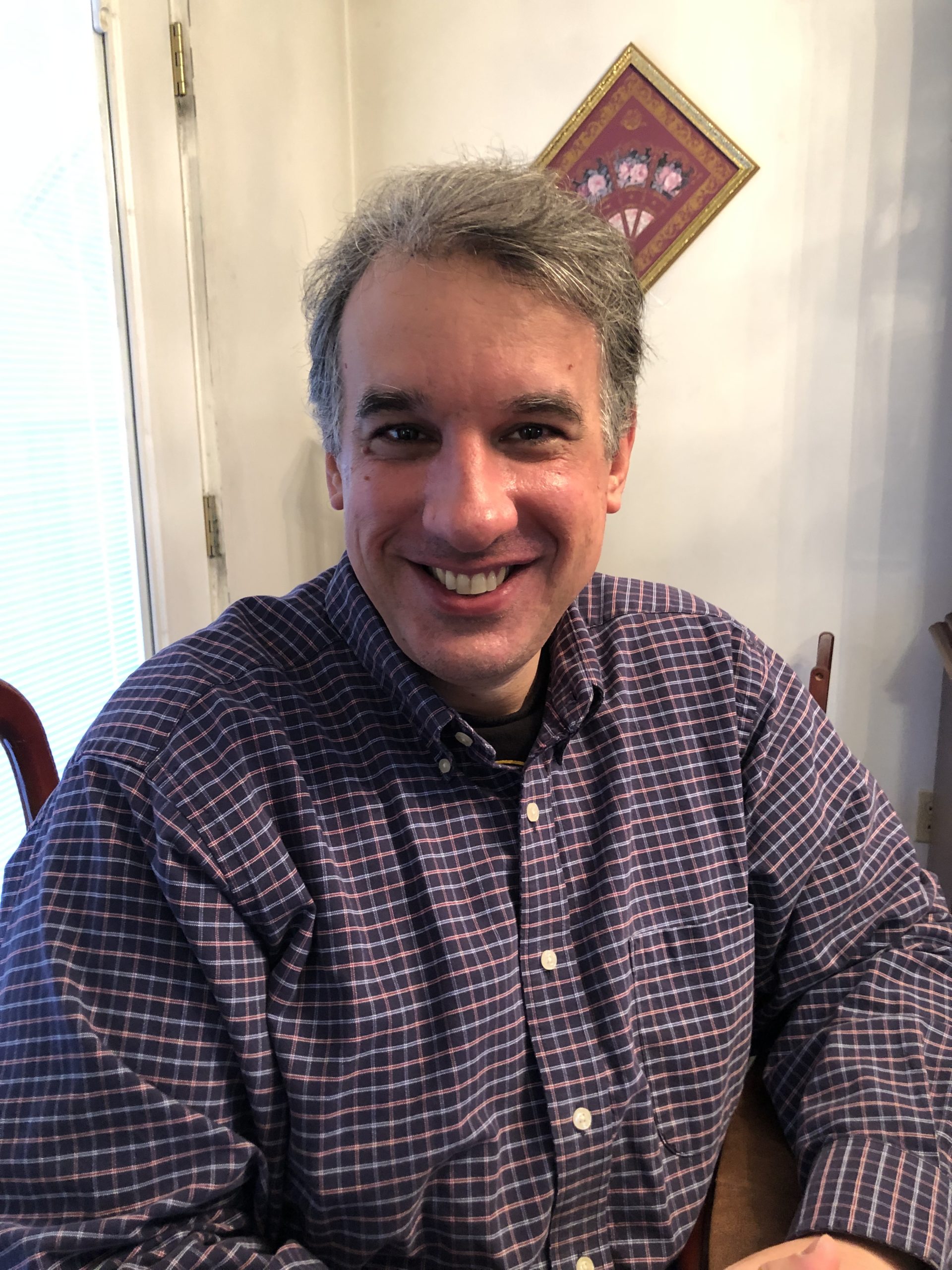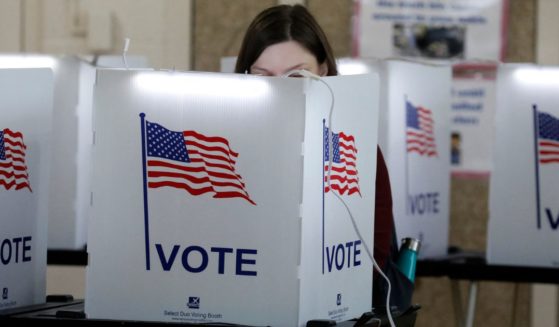
Fact Check: Do Transgender People Face an 'Epidemic of Violence'?
Each Nov. 7 marks Victims of Communism Memorial Day.
In 1994, R.J. Rummel estimated that the Soviet and Chinese communist regimes alone — when accounting for political violence and state policy-induced famine — killed nearly 150 million of their own people in the 20th century.
Meanwhile, Monday marked the annual “Transgender Day of Remembrance.”
According to a report released Monday by the Human Rights Campaign, 33 transgender people in the U.S. lost their lives to violence since last year’s Day of Remembrance — Nov. 20, 2022.
Kelley Robinson, president of the Human Rights Campaign Foundation, described violence against transgender people as a kind of disease.
“The epidemic of violence against transgender and gender non-conforming people is a national embarrassment,” Robinson wrote.
President Joe Biden agreed.
“We must never be silent in the face of hate,” Biden said in a statement marking the Day of Remembrance. In fact, Biden used the phrase “epidemic of violence” three years ago in a post on Twitter (now X).
All 33 of those people were creatures of God. And a life lost to violence for any reason other than genuine self-defense constitutes an unjustifiable tragedy.
Having said that, however, might this issue require some hyperbole-free perspective? Might we have reason to doubt the “epidemic of violence” narrative?
FACT CHECK: Have transgender people suffered an “epidemic of violence”?
CONCLUSION: False
Chad Felix Greene, author of “Surviving Gender: My Journey Through Gender Dysphoria,” noted that there are an estimated 1.6 million transgender people in the U.S.
Thus, “33 victims of violent crime is not an epidemic of violence or any indication of a mass threat,” Greene posted Monday on X.
Indeed, those numbers indicate that transgender people have a 0.002 percent chance of suffering a violent death.
Moreover, Greene said the “vast majority” of deaths documented by the Human Rights Campaign were the result of “non-bias crimes like domestic violence, drugs, [or] sex work.”
There are estimated to be around 1.6 – 2 million trans people in the US.
33 victims of violent crime is not an epidemic of violence or any indication of a mass threat.
Moreover the vast majority were non-bias crimes like domestic violence, drugs, sex work or accidental deaths. https://t.co/K8V6K70TIQ
— Chad Felix Greene 🇮🇱 (@chadfelixg) November 21, 2023
(We might add that one of the deaths mourned by HRC, that of Manuel Esteban Paez Terán, wasn’t the result of any crime but his own. He was killed by Georgia state troopers after shooting and injuring an officer.)
In fact, according to Greene, the number of transgender people killed in the U.S. in acts of targeted violence has averaged less than one per year over the last 10 years!
Less than 10 transgender people in the US have been murdered in acts of anti-transgender violence since 2013. https://t.co/xKGGieQ6Pi
— Chad Felix Greene 🇮🇱 (@chadfelixg) November 20, 2023
Of course, the “epidemic” narrative flourishes online. A simple search will produce reports such as this from the domestic violence resource site VAWnet, or this from the Williams Institute at the University of California, Los Angeles, School of Law.
When presented with the VAWnet “evidence,” however, Greene rightly dismissed its statistical value in measuring “hate”-related crimes.
“This isn’t data. It’s self-reporting surveys. Trans people are asked about their experiences and perceptions,” Greene posted.
He dismissed the UCLA “evidence” on similar grounds.
“These are not crime reports. They are based on self-reports on perceptions of threats. … Violent crimes are lifestyle based, sex work, drugs, urban street crimes, domestic violence, and so on. There’s no specific anti-trans threat,” Greene said.
Here is another useful exercise. What would happen if we inverted the question? In other words, how many transgender people have committed acts of violence? And does this constitute an “epidemic”?
Audrey Hale, the transgender mass shooter who killed six people at Nashville’s Covenant School in March, acted from the kind of hatred that — if directed against someone like her — would have been denounced in a White House statement.
(We know this, of course, from her anti-white manifesto — leaked to the public more than seven months after the killings.)
If Greene’s statistics are correct, then Hale alone murdered six times as many people as are killed each year due to anti-transgender hatred.
And who can forget the mob of trans activists who assaulted women’s rights advocate Riley Gaines and effectively held her against her will on the San Francisco State University campus in April?
Or the mob of trans activists in New Zealand who ambushed women’s rights advocate Kellie-Jay Keen in March?
As one might expect, in the current political climate social scientists have not exactly lined up to conduct studies of transgender perpetrators.
But in February, the Toronto Sun did report on a four-year study of Canadian prisons showing that 44 percent of incarcerated transgender women — that is, men pretending to be women — were convicted of sex crimes.
Of course, none of this paints a clear picture. After all, one mass shooter, two violent mobs and one formal study do not make all transgender people potential violent offenders.
The same, however, holds true on the other side of the equation. Surveys of feelings and impressions do not quantify hatred and have nothing to do with crime. And one anti-trans murder per year, though as tragic as all murders, does not constitute an “epidemic.”
One wonders, therefore, why transgender activists and their political allies seem determined to inflate statistics.
In related news, there has been no presidential statement commemorating victims of communism since Nov. 7, 2020. Go figure.
Truth and Accuracy
We are committed to truth and accuracy in all of our journalism. Read our editorial standards.


![A cousin said "God, Family, friends and fishing were what matter[ed] most" to Benny Bowers.](https://www.westernjournal.com/wp-content/uploads/2024/05/Hero-dad-drowns-559x327.jpg)









